From October 7, 2023 to February 18, 2024 Fondazione Palazzo Te, Palazzo Ducale in Mantua, and Galleria Borghese in Rome join forces in an ambitious project to pay homage to Pieter Paul Rubens (Siegen 1577 - Antwerp 1640). Rubens. The Birth of a European Painting: this is the title of the initiative that brings together the three exhibition events organized by the three institutions in honor of the famous painter of Flemish origin whose work became the protagonist and absolute archetype of the Baroque. Three exhibitions that are part of a broader cultural operation dedicated to the relationship between Italian culture and Europe as seen through the eyes of Rubens. Let’s look at them specifically.
From October 7, 2023 to January 7, 2024, Palazzo Te in Mantua will host the research exhibition Rubens at Palazzo Te. Painting, Transformation and Freedom, which focuses specifically on the relationship between the Flemish painter and the mythological culture he encountered in Italy. Curated by Raffaella Morselli, the exhibition aims to create a correspondence between works and decorative and iconographic motifs in the Palazzo: a paradigmatic path that demonstrates how much the Renaissance suggestions elaborated by Rubens in his Mantuan and Italian years continued, evolving, in the painting of his maturity, until they were transmitted in the intellectual and artistic legacy left to his pupils. The works in the exhibition have been chosen on the basis of the dialogue they re-establish with the myths and the interpretation Giulio Romano made of them in the various rooms, factors that helped generate in the Antwerp painter a never-ending harmony with the Renaissance and Myth.
Also from October 7, 2023 to January 7, 2024, Palazzo Ducale in Mantua dedicates to Rubens the focus Rubens. The Altarpiece of the Holy Trinity, focusing on one of the most impressive undertakings completed by the artist: the cycle of the three enormous canvases for the Church of the Holy Trinity, one of which, after incredible vicissitudes, is still on display at the Ducal Palace, constituting a fundamental stage in the cognitive journey of this artist. Rubens consolidated his connection with Mantua when, in 1600, he arrived as a giovae promising painter at the Gonzaga court. He would leave about ten years later, in his thirties, with a reputation as an undisputed master. The exhibition project presents a new museographic and lighting layout of the entire Ducal Apartment, commissioned by Vincenzo I and created by Antonio Maria Viani: here works from the permanent collection from the late 16th century to the late 17th century are displayed. The focal point of the itinerary is the Sala degli Arcieri, where the altarpiece whose story is told by an innovative three-dimensional reconstruction of the Church of the Holy Trinity, now no longer accessible to the public, is on display.
Finally, from November 14, 2023 to February 18, 2024, the Galleria Borghese in Rome will present The Touch of Pygmalion. Rubens and Sculpture in Rome, curated by Francesca Cappelletti and Lucia Simonato. An exhibition that aims to investigate how the influences of his journey to Italy, made in the first decade of the seventeenth century, take on a decisive new vigor in the years following his return to his homeland, also thanks to the Italian sojourns of his Flemish pupils. The project aims to highlight the extraordinary contribution made by the artist, on the threshold of the Baroque, to a new conception of the antique, the natural and the imitation, focusing on the novelty of his style in his first decade in Rome and how the study of models could be understood as a further impetus toward a new world of images. Produced under the patronage of the Ministry of Culture, in collaboration with the City of Mantua and some of the most prestigious Italian and international museum institutions, Rubens! The Birth of a European Painting also combines exhibition projects with in-depth meetings, conferences, events and scientific publications dedicated to Rubens.
"Rubens at Palazzo Te is a beautiful exhibition, the result of a complex and ambitious scientific and institutional journey," said Stefano Baia Curioni, director of the Fondazione Palazzo Te. “It is the story of the reverberation had over time, up to the seventeenth century and beyond, by the painting of Giulio Romano and Palazzo Te; it is a story that connects Giulio Romano to Rubens in their ability to creatively transform tradition; it is the evidence of how much the ’practice of freedom’ proper to painting is a precious figure of European culture, even contemporary; it is the confirmation of the collaboration of the Fondazione Palazzo Te with Palazzo Ducale, the Civic Museums, Galleria Borghese and more than 17 museums throughout Europe; it is the result of the collaboration between museums, foundations, universities that has gathered the best to accompany the possibility of transforming a fragment of history into a vision of the future.”
“Palazzo Ducale is participating in this important exhibition project involving institutions-Palazzo Te in Mantua and the Galleria Borghese in Rome-from two of the cities in which Rubens worked most during his Italian period,” commented Stefano L’Occaso, director of Palazzo Ducale in Mantua. “His most far-reaching work was the large triptych he created for the presbytery of the Church of the Holy Trinity in Mantua, the central element of which is the canvas preserved in the Ducal Palace, around which our project revolves. It is a way to remember the artist’s extraordinary wealth of knowledge, of which the canvas with the Gonzaga Family in adoration of the Trinity is an exceptional case.”
“The exhibition at the Borghese Gallery,” concludes Francesca Cappelletti, director of the Borghese Gallery, “is the first of a new research project that will put the museum’s history at the center of the moments when Rome was a truly international city. A magnet for Northern European artists since the 16th century, the Rome of Rubens, between the Aldobrandini and Borghese pontificates, is the place to study the ancient still, whose masterpieces of painting are beginning to be known, with the discovery in 1601 of the Aldobrandini Wedding. It is the time of Annibale Carracci’s Farnese Gallery and Caravaggio’s Contarelli Chapel, of which a generation is stunned. Through the eyes of a young foreign painter like Pieter Paul Rubens we look once again at the experience of elsewhere, we try to reconstruct the role of collecting and the Borghese collection in particular as the driving force behind the new language of European naturalism, which unites the research of painters and sculptors in the first decades of the century.”
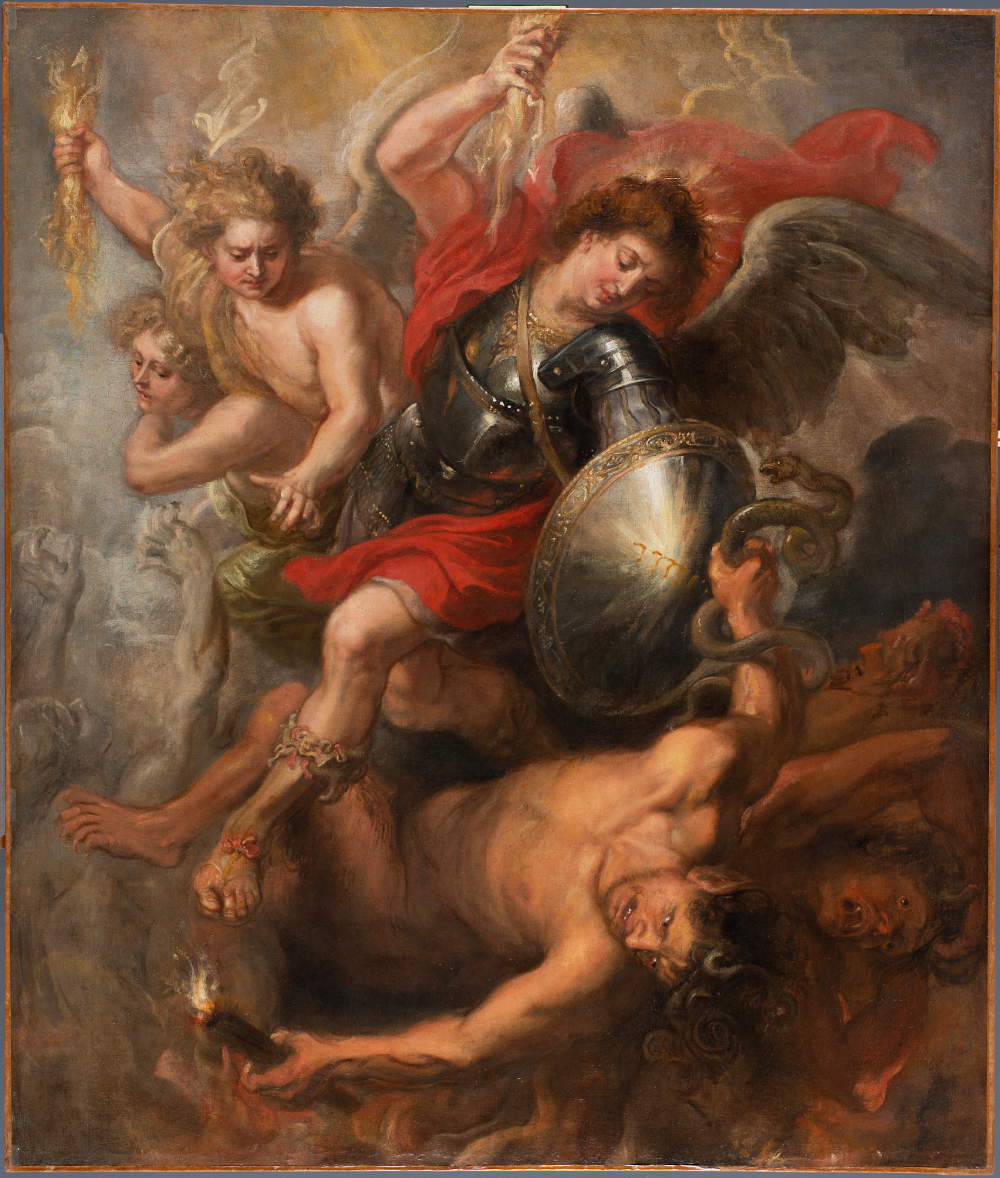

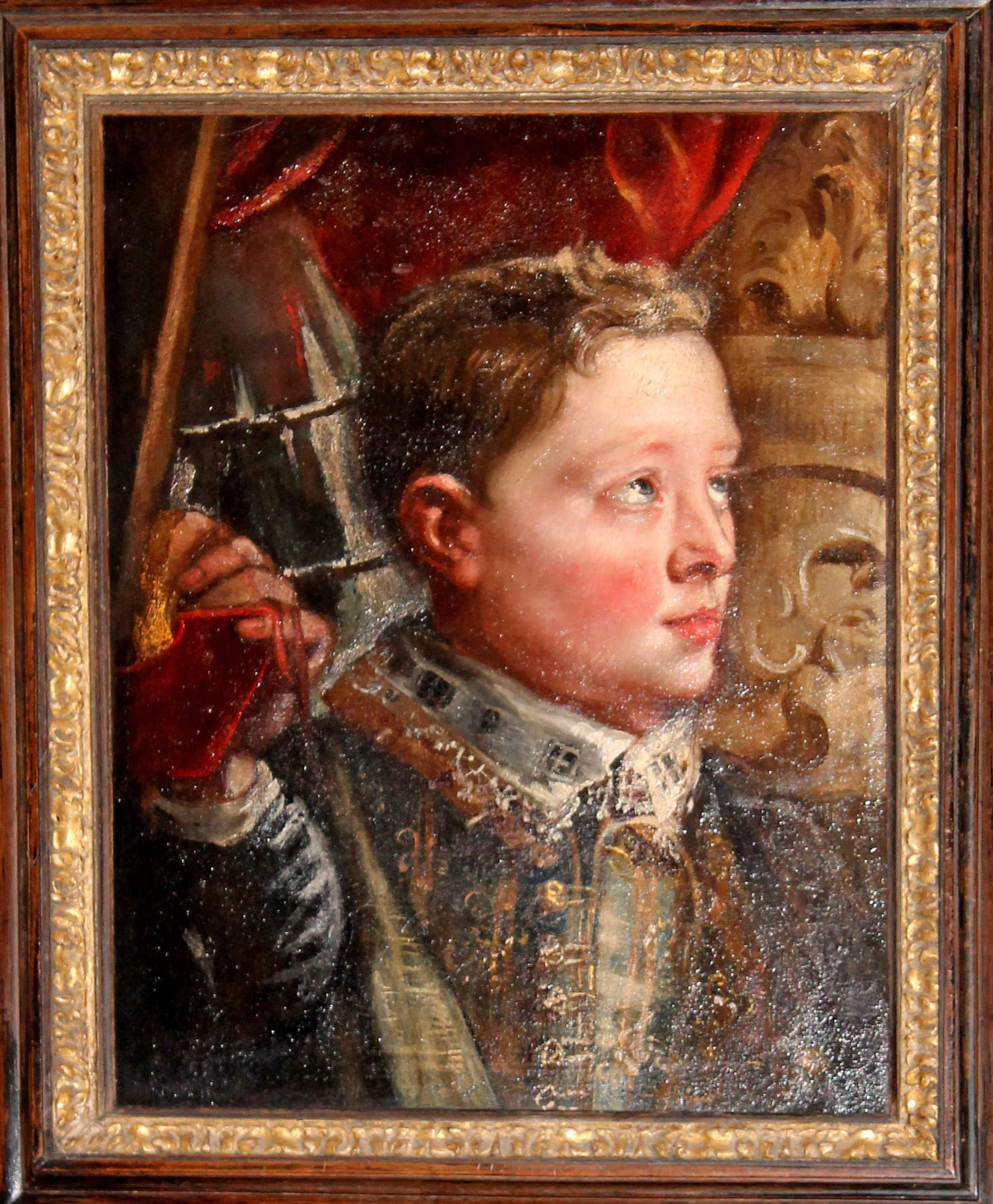
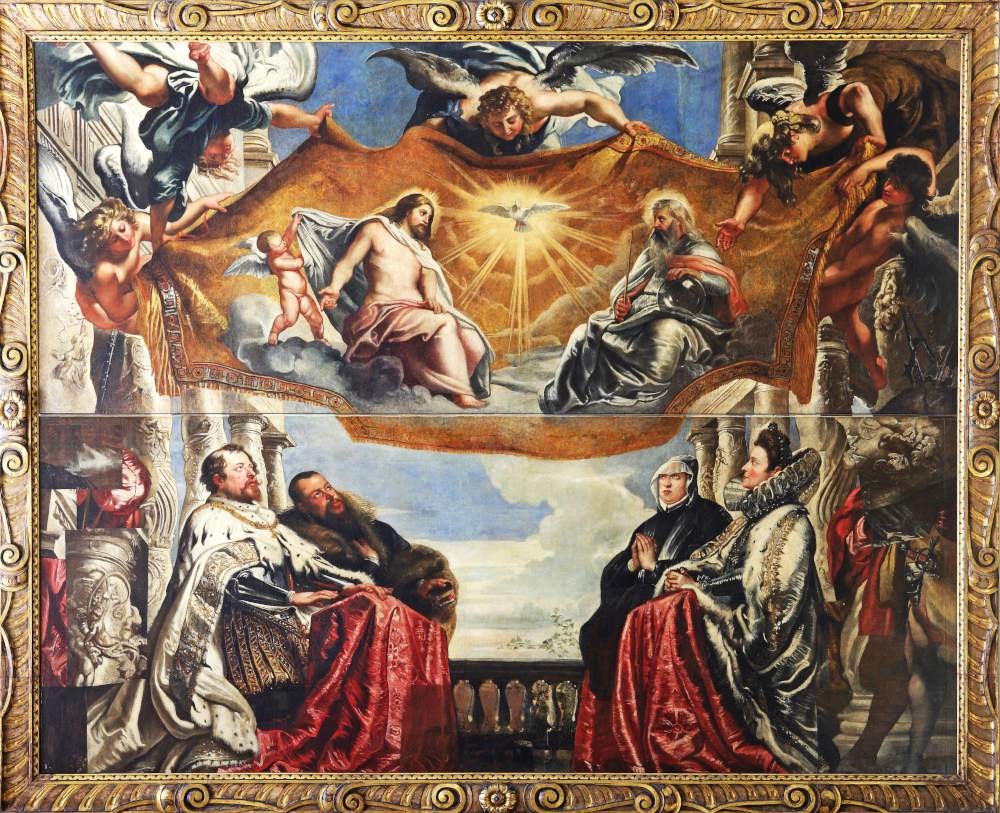
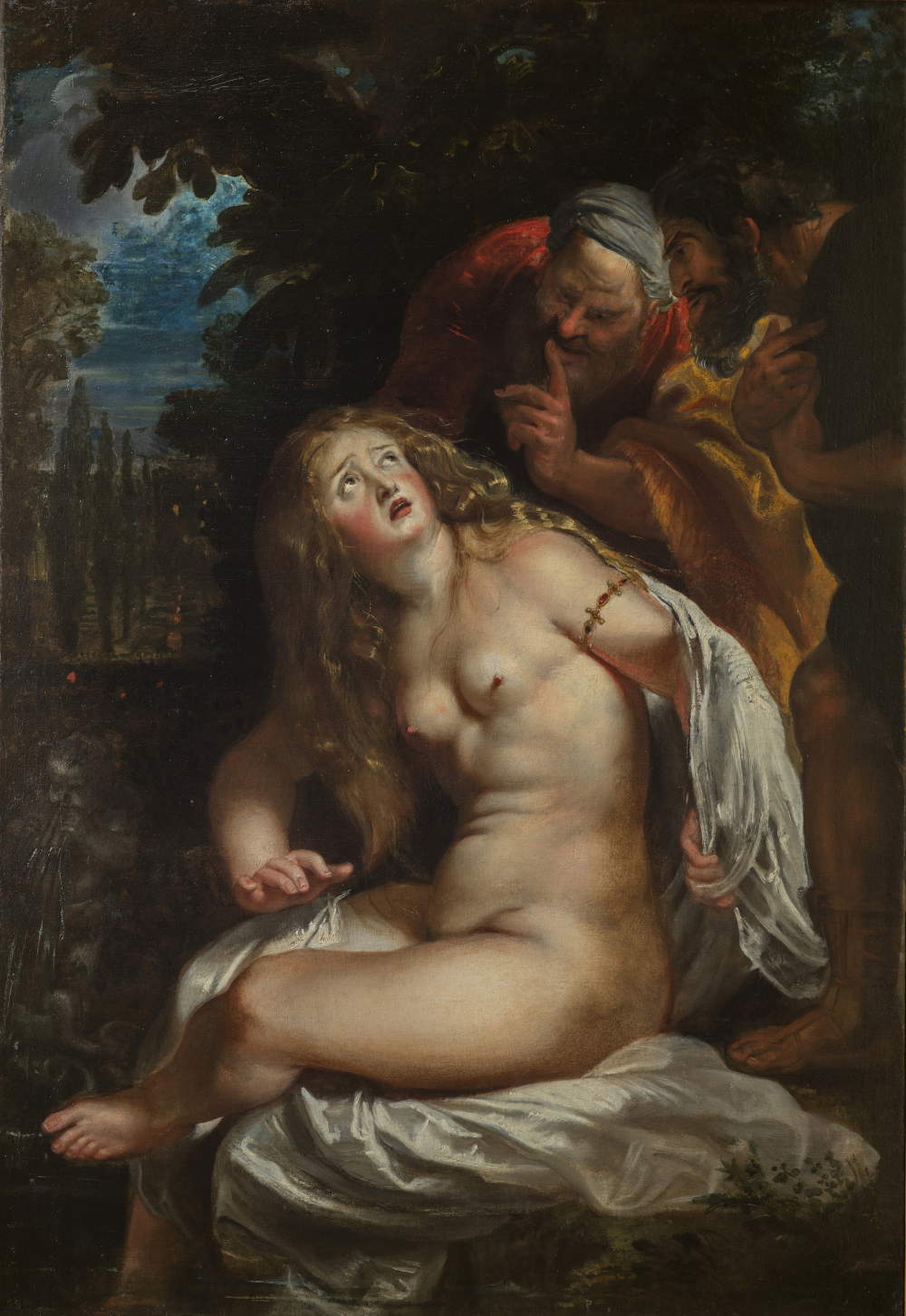
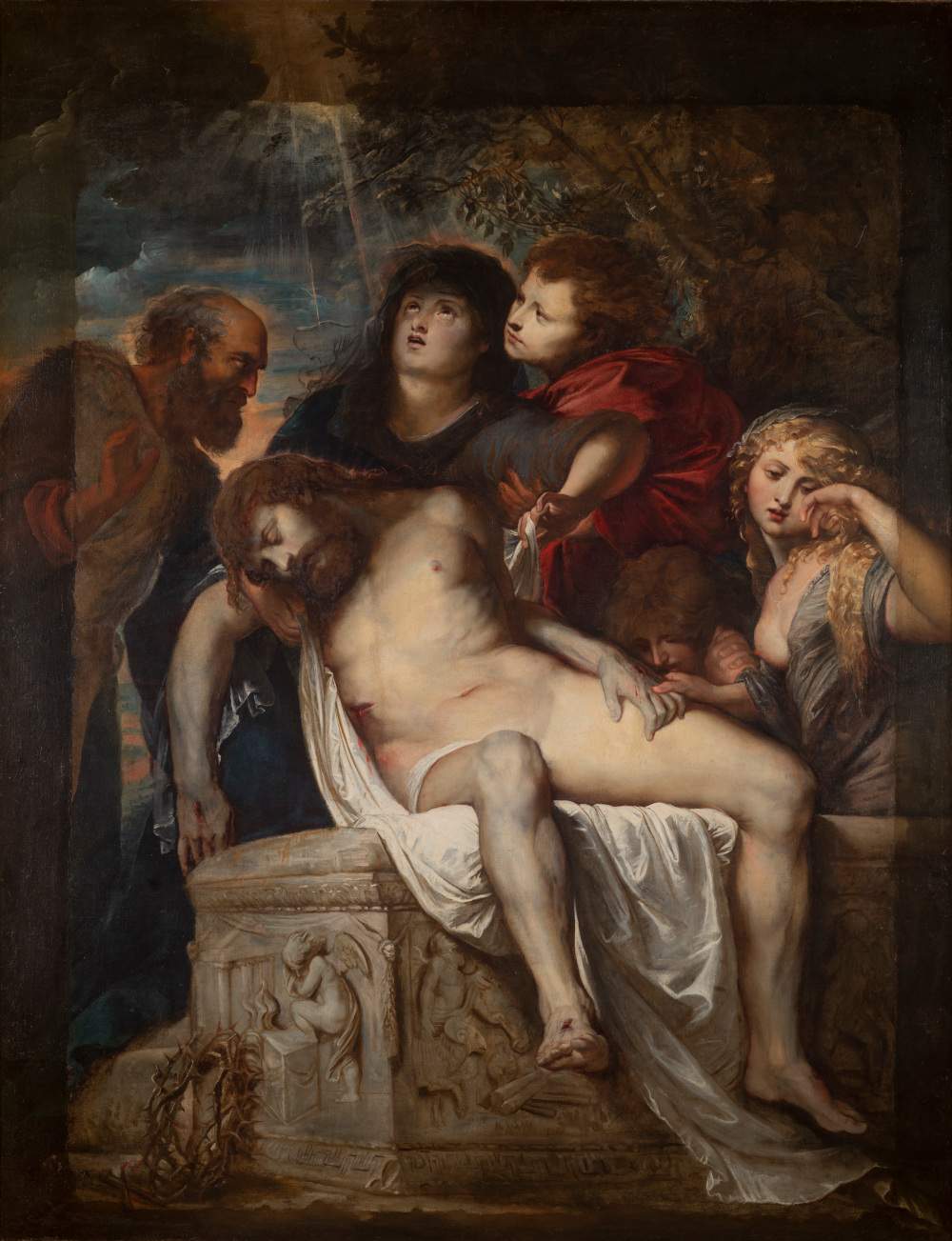
 |
| In Mantua and Rome, three exhibitions dedicated to Rubens and the relationship between Italian culture and Europe |
Warning: the translation into English of the original Italian article was created using automatic tools. We undertake to review all articles, but we do not guarantee the total absence of inaccuracies in the translation due to the program. You can find the original by clicking on the ITA button. If you find any mistake,please contact us.